Votre panier est vide
Besoin d'inspiration ?
Rendez-vous dans le programme en ligne du GrandPalais
Article -

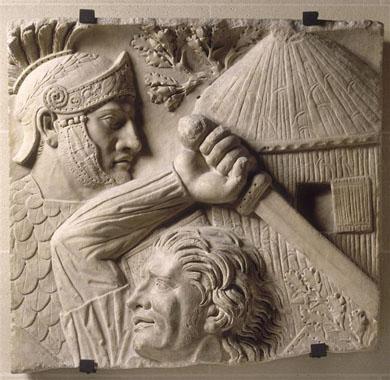
The Middle Ages was a long period in the history of mankind. It lasted more than 1000 years : from 476, when the Western Roman Empire fell, to 1492, when America was discovered by Christopher Columbus. In the 5th century, the Barbarian invasions (Germans, Huns, Avars, Goths and Vandals) from Central Asia threw the whole of Europe, as well as Asia, into turmoil. These migrant peoples mixed with indigenous populations, meaning those based for a long time in one place. They founded new kingdoms (kingdom of the Francs, kingdom of the Visigoths), which are often the basis for our modern countries. While the Western Roman Empire (western and south-western Europe) was conquered by the Barbarians, the Eastern Roman Empire (Balkans and Asia Minor) survived. It was called the Byzantine Empire.
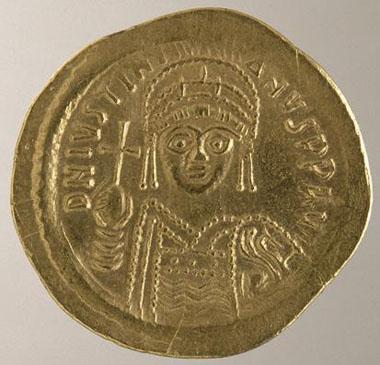
Native Americans and Pre-Columbians, isolated by the oceans, continued to develop their own culture. The Mayan (Mexico) and Inca (Peru) civilizations were flourishing before the European conquests began.
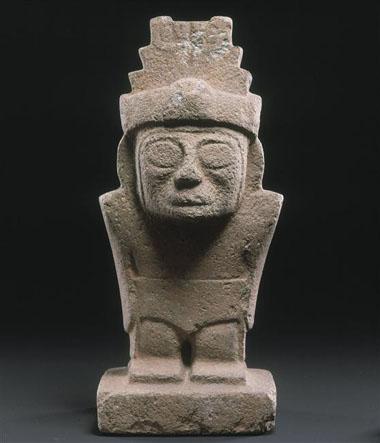
Votre panier est vide
Besoin d'inspiration ?
Rendez-vous dans le programme en ligne du GrandPalais
See content : In the fantastic world of Eva Jospin: 8 questions for the artist
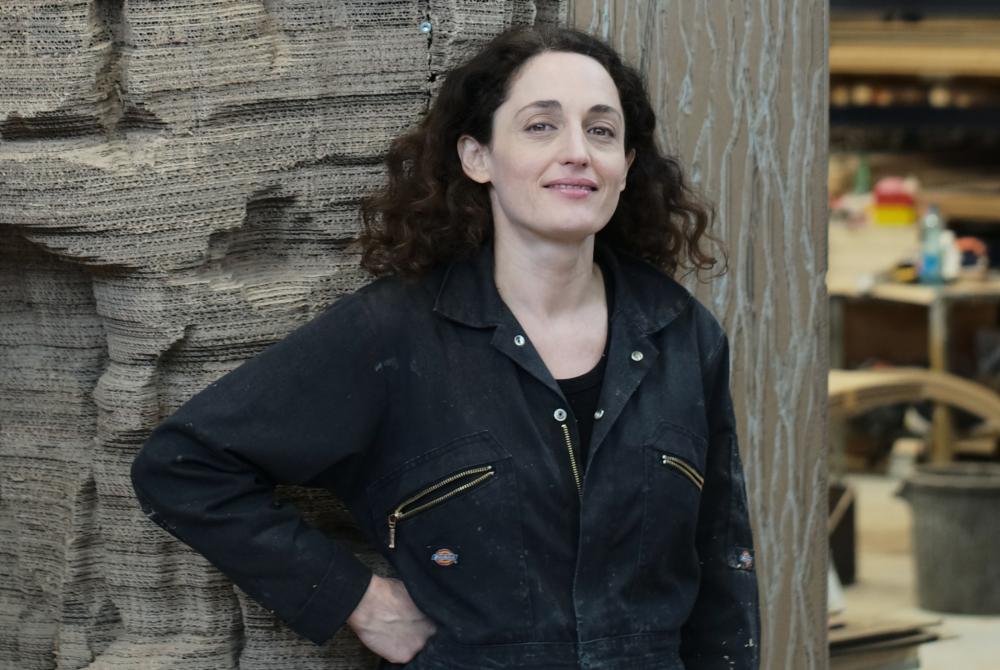
Article -
At the Grand Palais, Eva Jospin's "Grottesco" exhibition offers a timeless journey. Mysterious caves, sculpted nymphaea, petrified forests and "embroidered tableaux" come together to form a world apart. In this interview, the artist reveals her sources of inspiration, her relationship with cardboard and embroidery, and the way she turns each viewer into an explorer of her fantastical landscapes.
See content : It's open! Eva Jospin and Claire Tabouret: two new exhibitions at the Grand Palais
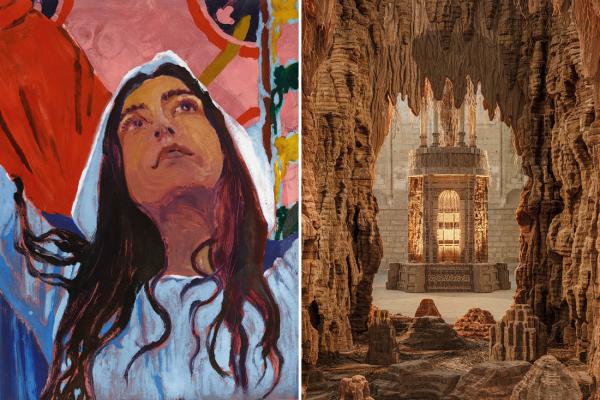
Article -
Until March 15, you're invited to explore the fascinating worlds of Eva Jospin and Claire Tabouret, presented in two Grand Palais galleries linked by the same entrance.
See content : A treasure of the Sun King soon to be displayed under the glass roof of the Grand Palais: book your tickets now!
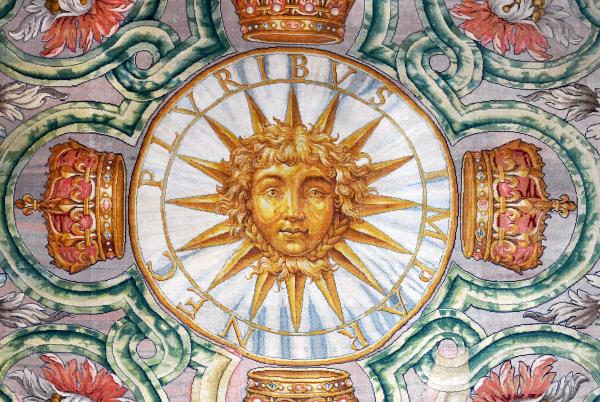
Manufacture de la Savonnerie d’après Charles Le Brun (1619-1690), Tête d’Apollon, détail du 6e tapis de la Grande Galerie du Louvre, laine et lin, 8,82 x 5,94. Paris, Mobilier national
Article -
Seven days only, some thirty carpets on display, a royal setting resurrected: enter the legend of the Sun King, under the majestic glass roof of the Grand Palais. Ticketing is now open!